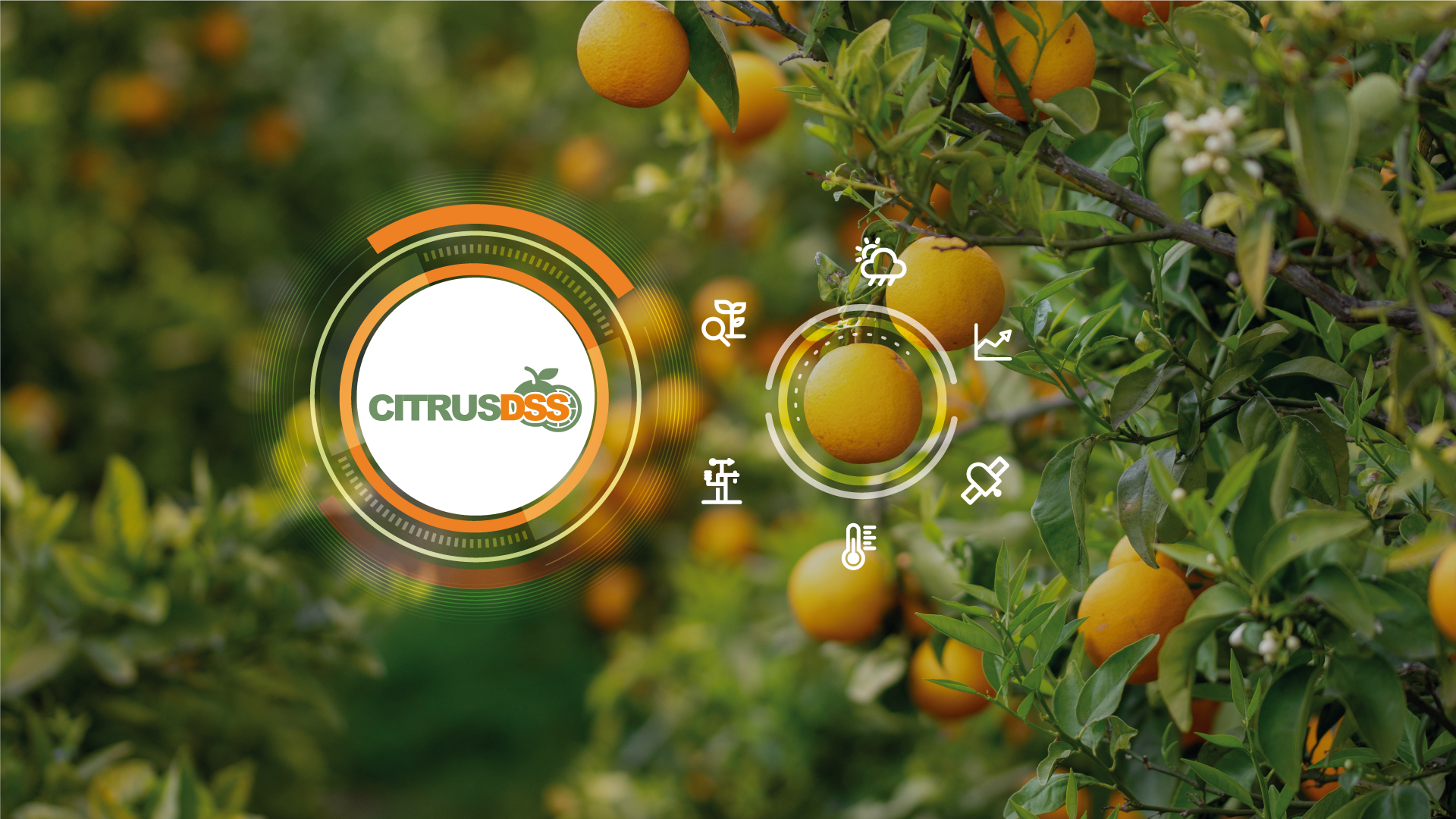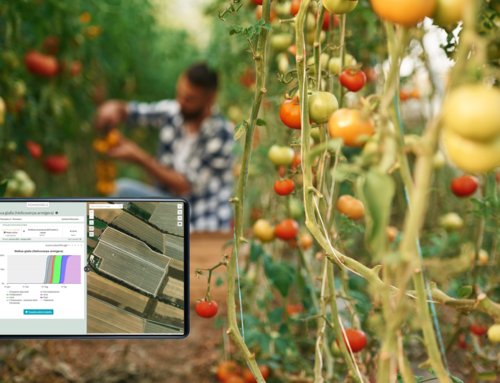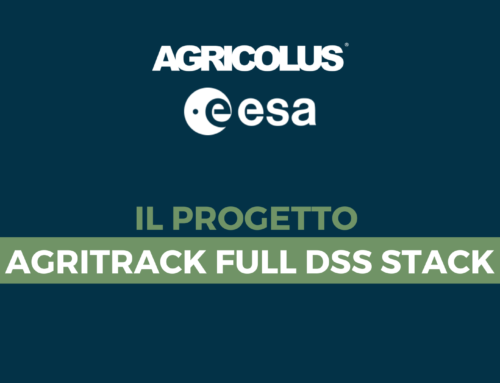Citrus growing, thanks to climate change and innovative production systems, is an expanding sector. This is demonstrated by FAO data which traces a 36% increase in areas dedicated to cultivation and 39% in total production over the last twenty years, with a growth in demand not only for fresh consumption, but also for the derivatives industry.
At a national level, the citrus department is expanding its cultivation calendar, introducing varieties that are more appreciated by consumers and moving towards sustainability certifications and good practices, which make the product more in line with market demands.
A more sustainable citrus cultivation
In line with this trend, Agricolus has developed CitrusDSS: the Decision Support System dedicated to the cultivation and agronomic management of citrus, which offers farmers a production model that is more attentive to the needs of this type of crop, saving inputs, preventing damage and diseases, and respecting the environment.
Agriculture 4.0 reaches citrus fruits with CitrusDSS
CitrusDSS meets to the needs of citrus growers with specific functions.
The mapping of citrus groves allows to view vegetation indices from Sentinel 2, very useful for monitoring the vigor of the plants, especially during the growth phases of the branches, the concentration of chlorophyll and water stress.
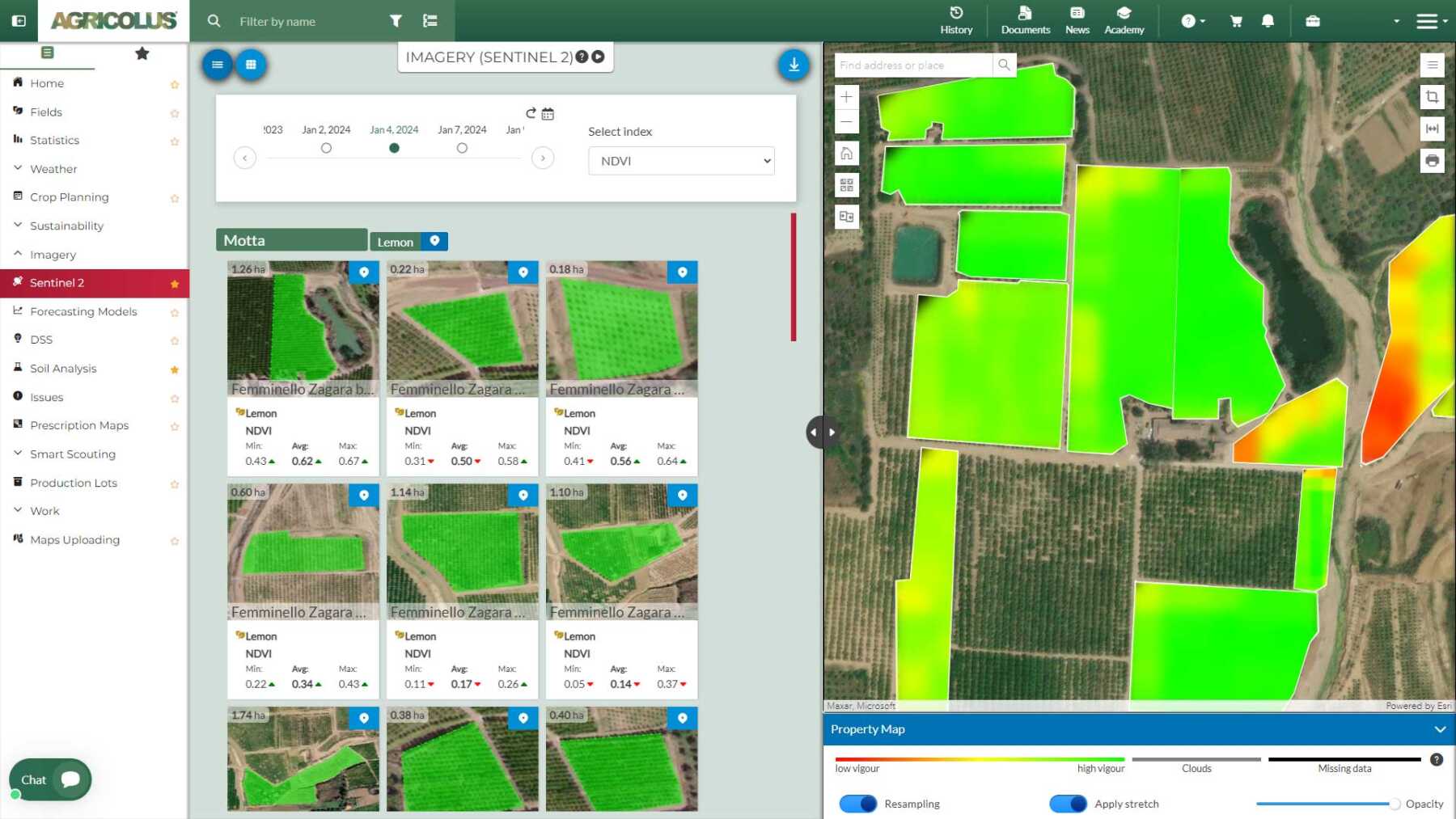
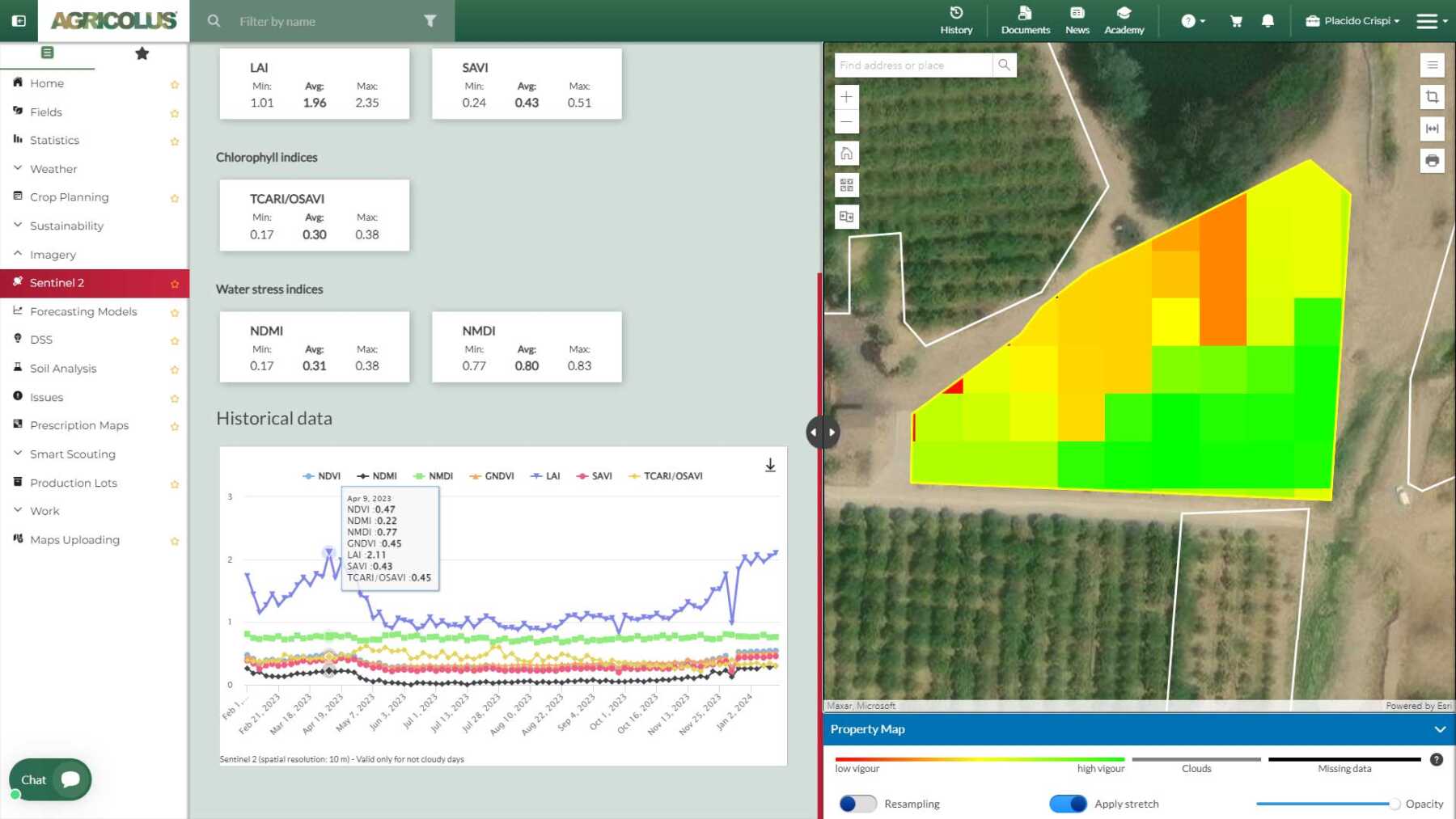
The forecast models for phenology, irrigation and fertilization inform, with a seven-day forecast, on the real needs of the crops taking into account the environmental data measured in the field with weather stations.
As regards possible biotic and abiotic damage, citrus are particularly sensitive to Anthracnose, a fungal infection that develops especially in the autumn period and generates rot; as well as infestations by Ceratitis Capitata, the fruit fly, which causes extensive damage to the fruit, making it inedible.
Finally, as citrus are evergreen plants, they are highly sensitive to frost.
CitrusDSS helps farmers in defending against these risks, through specific models they estimate:
- occurrence of frosts in the following seven days with different levels of danger;
- percentage of germination of Colletotrichum gloeosporioides, the fungus responsible for Anthracnose, providing indicators of risk of infection;
- presence in the various stages of development and in the different generations of the fruit fly, with related risk indications.
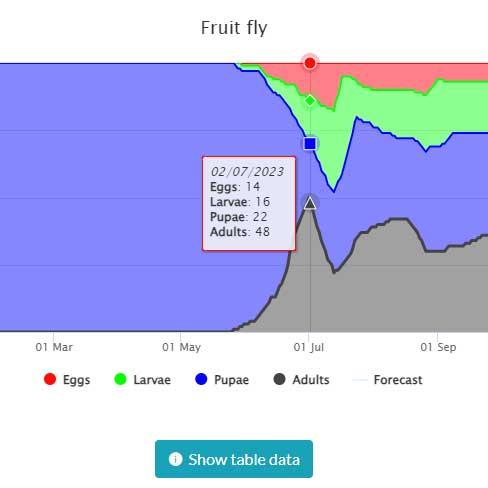
Thanks to the Agricolus Farmer app it is possible to geolocate all field surveys ranging from the management of traps and captures, to the recording of crop operations and soil analyses.
Furthermore, data relating to fruit analyzes can be entered in a georeferenced way, indicating, with the Quality Monitoring feature, sugar content (Brix at 20°C), Total Titratable Acidity, sugar/acid ratio, colour, peel integrity, presence of damage , abnormal external humidity, and foreign odor and/or taste. With Quantity Monitoring, however, the following parameters can be entered: caliber, diameter, weight and juice yield.
CitrusDSS is a valid tool for the agronomic management of citrus which aims to reduce inputs, optimize field operations and save money.

